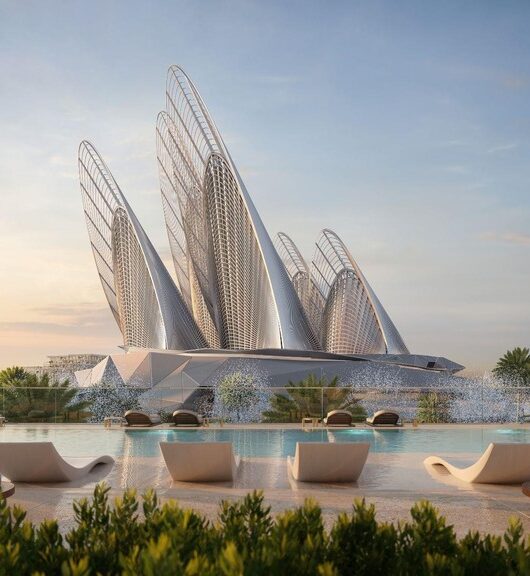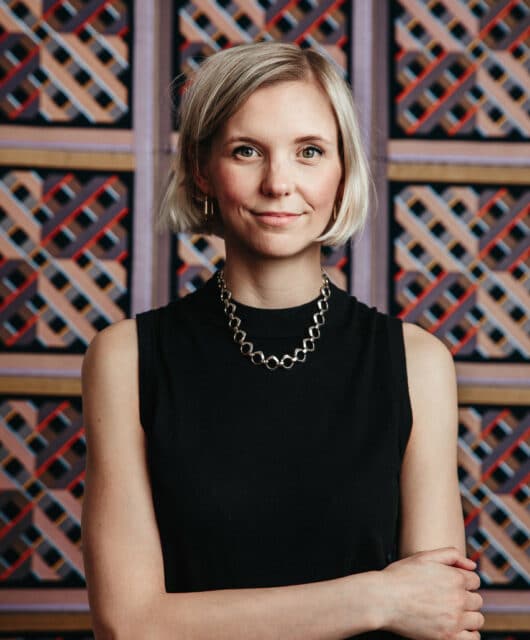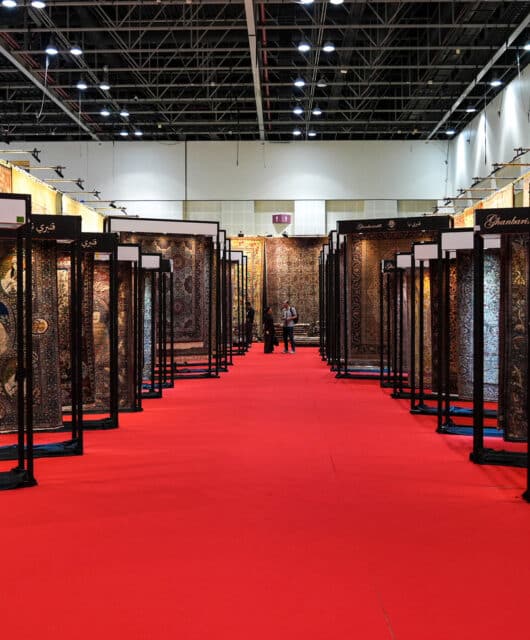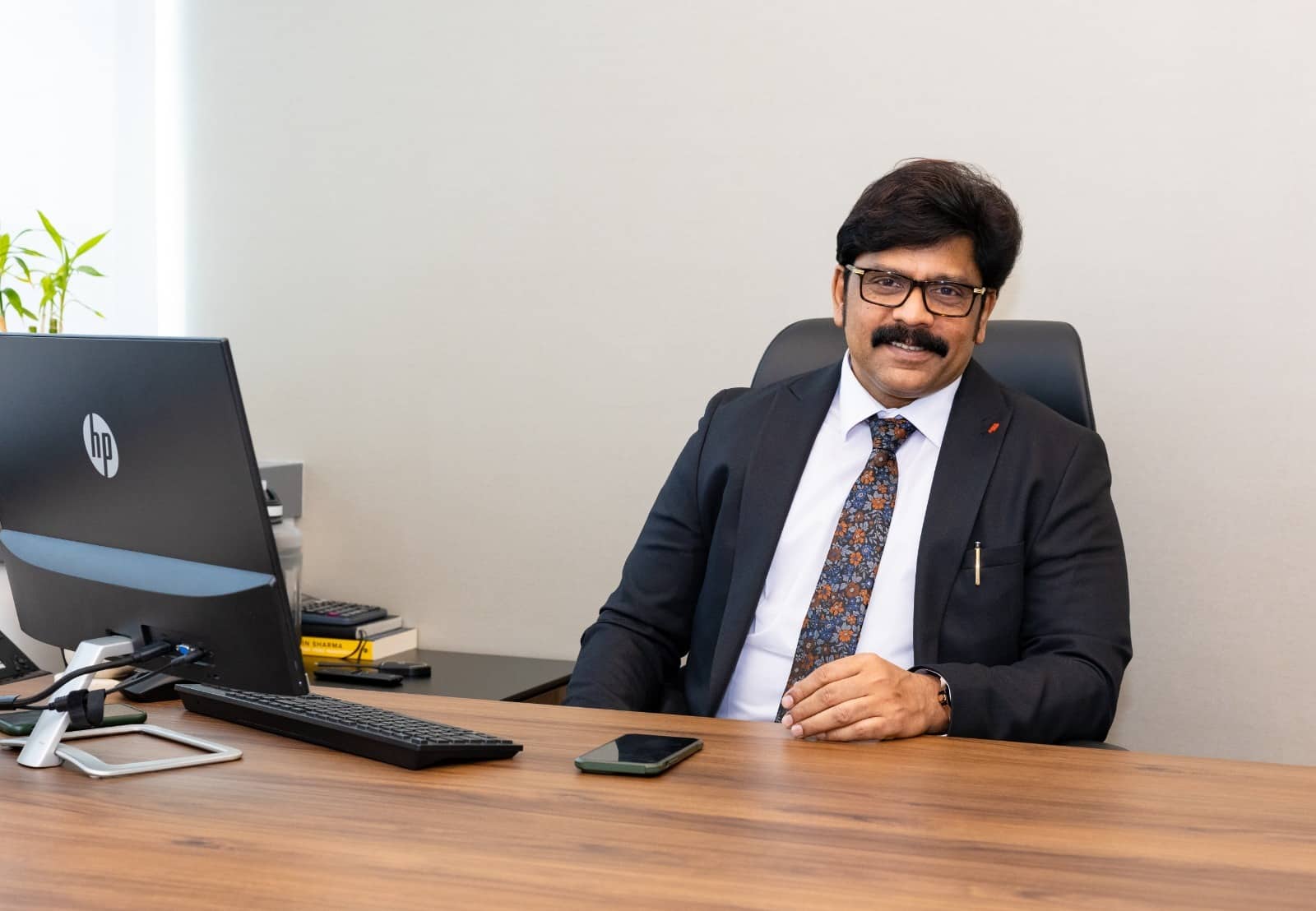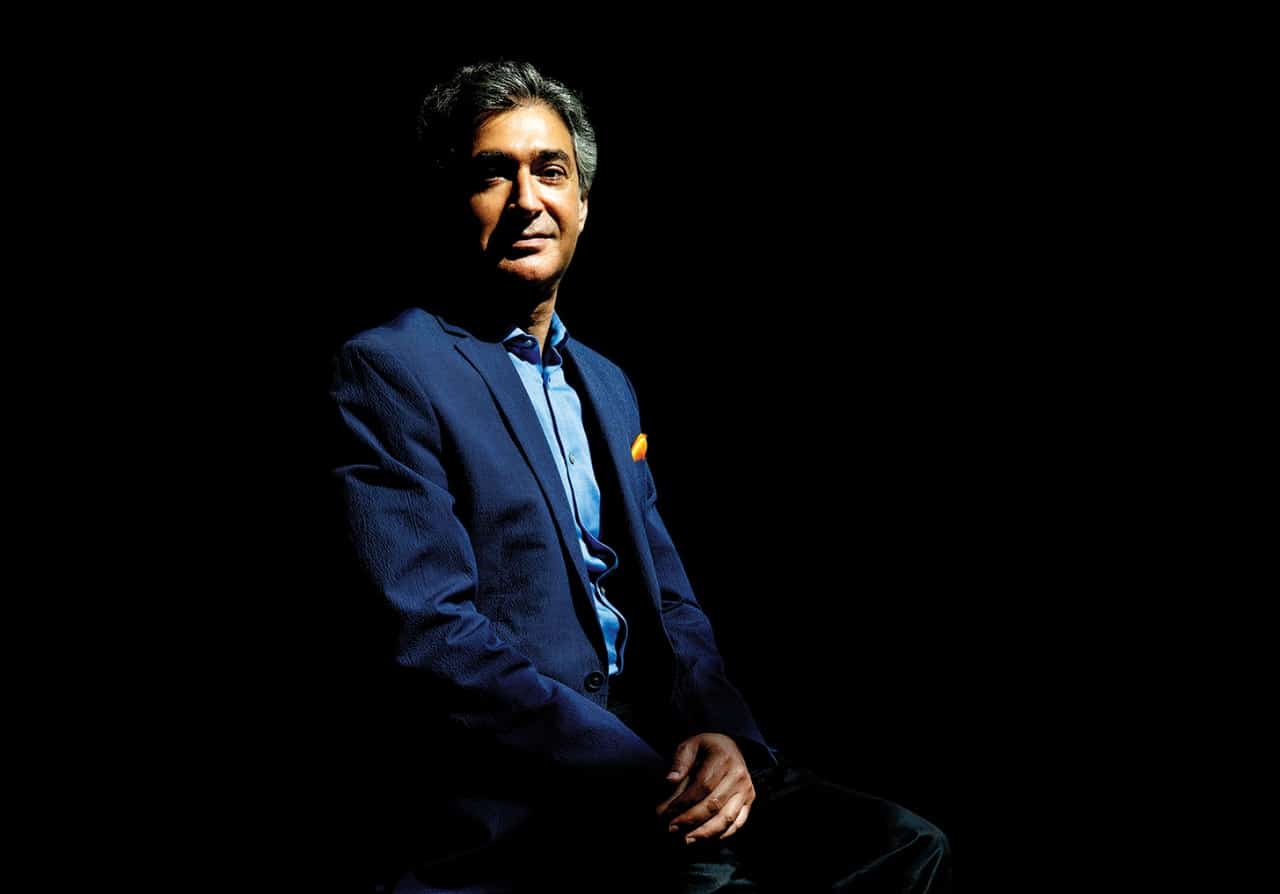 Jamal Salem, DLR Group’s Middle East Regional Director, talks to Jochebed Menon about his experience in the region, plans for the firm, challenges, and design trends in the region
Jamal Salem, DLR Group’s Middle East Regional Director, talks to Jochebed Menon about his experience in the region, plans for the firm, challenges, and design trends in the region
Tell us about DLR Group and yourself.
DLR Group is an American firm that originated in the Midwest over half a century ago and has recently set out on a mission to become a global firm. In 2013, we established our Asia office in Shanghai, followed by our Middle East office in 2017 based out of the energetic Dubai Design District. Our goal in becoming a global firm was to share the great knowledge we have accumulated across various sectors, through positively impacting the design society and significantly contributing to the construction and real estate sector. We seek to elevate the human experience through design.
As for me, architecture and design fascinated me. When it was time to decide my career path, architecture was the obvious choice. What drew me towards that decision is strongly linked to my dream of designing my own home. I moved to the US and earned a bachelor’s degree in architecture from the University of Houston. After my graduation in the eighties, the global recession hit the economy but despite the situation, I was determined and fortunate to kick off my career in architecture by working across several major regions in the US. I eventually settled down in the Northwest. During, my spare time, I worked on a conceptual house exploring minimalism in response to how I would like to live, and to who I am. I did not settle in the US as I thought I would, and I have not built my own home (yet) as I thought I would, instead I moved and settled in the Middle East and contributed to a wide range of projects that I am humbled to have been a part of and witness their influence on the built environment responding to the lifestyle of a new generation representing their needs and who they are. I initially came to Dubai on a two-year assignment and it has been 15 years since. I fell in love with this region and wanted to be a part of creating history. Very rarely is one involved in creating cities from scratch, and I was not going to let these opportunities pass.
What is on the horizon for DLR Group’s Middle East Dubai Studio?
Over the past three years, we have successfully grown our portfolio of work, our client base and our outreach has grown to include new markets like Saudi Arabia and Egypt. Our Middle East team members are active contributors to the AIA Middle East chapter. Our Middle East practice leader, Stephanie Kinnick was elected as the chapter’s vice president for 2021. We also support young talents by being open to internship programmes from a variety of regional design schools, and by assisting the community through our design leaders support of academic researchers. Our ambition in the coming years is to continue to expand our portfolio of clients, set-up an office in Saudi Arabia, and continue supporting the design community, as well as the real estate and construction industry.
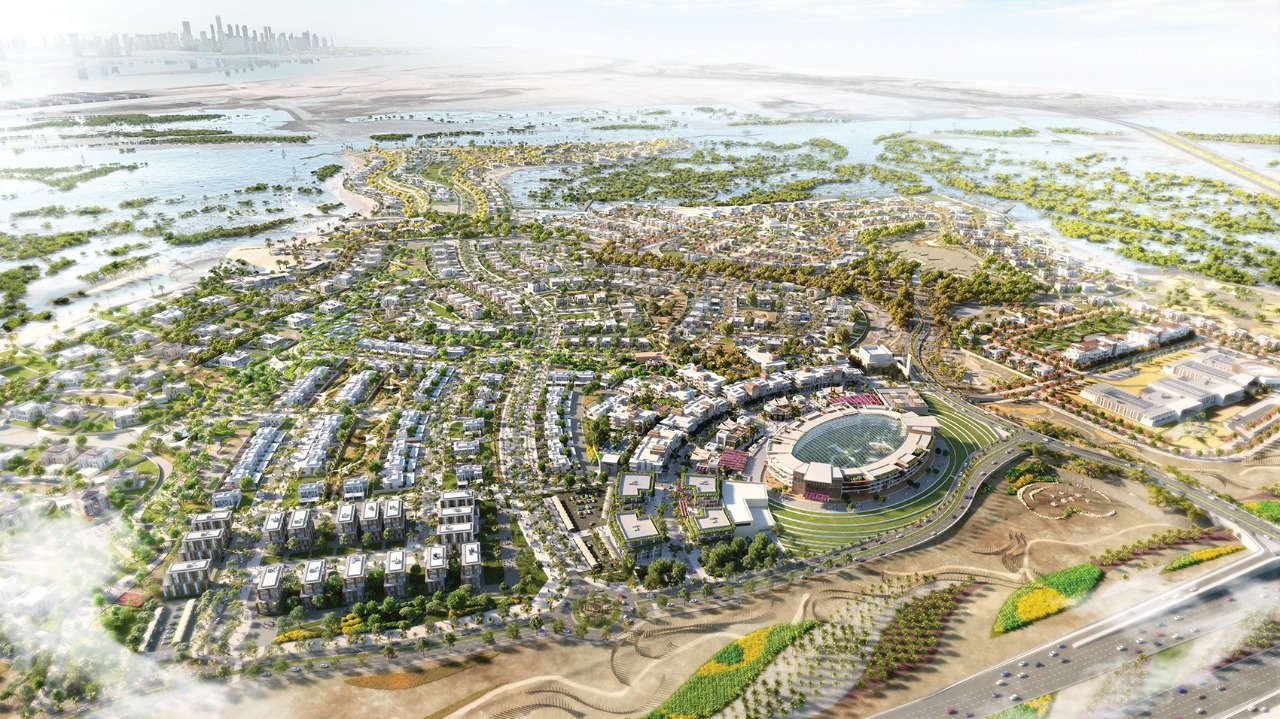
What does ‘elevate the human experience through design’ mean?
‘Elevate the human experience through design’ is our firm’s promise to the world and it has multiple levels, one that is visible with direct contact with the user such as the interior of spaces to the design of buildings, landscape, public realm all the way up to urban design and master planning. The other is nontangible and is related to the environment whether indoor or outdoor climates and individuals’ comfort level. Putting people first starts by designing environments that react and adjust to contemporary needs that elevate the wellbeing of individuals in a manner that contributes to their level of happiness.
What are some of the popular trends in the design space?
There is an increase demand for outdoor lifestyle destinations. In fact, we are seeing this trend growing in Saudi Arabia where developers are asking for designs that incorporate the outdoors in their shopping and leisure developments. Another trend is creating environments that are future proofed with a high level of flexibility that can absorb future changes. Millennials and Gen Z form 63.5% of the global population and much of the future hotelier client base. They are the most ethnically diverse generation, involved in environmental and ethical causes. They have a greater awareness of sustainability and are interested in supporting environmentally and economically cautious projects. They are more likely to visit, stay and purchase properties that are sustainable. What we have also noticed is how the experiential travel trend continues to influence holiday destinations. Wellness as a lifestyle is also being appreciated more widely, as user health and comfort both physically and mentally are becoming more valued.
What are the key challenges the design industry is facing in this era?
Obviously, the pandemic has impacted every aspect of our lives from the way we live, work, and play. The impact has not only taught us to work differently, but to design differently to accommodate the change which we believe is here to stay. Another challenge we are facing is earning inadequate fees due to the widespread competition that stretches the limits of ensuring quality deliverables that are market ready. Also, in this hyper competitive market, developers are racing against time leading to rushed design thinking and design decisions.
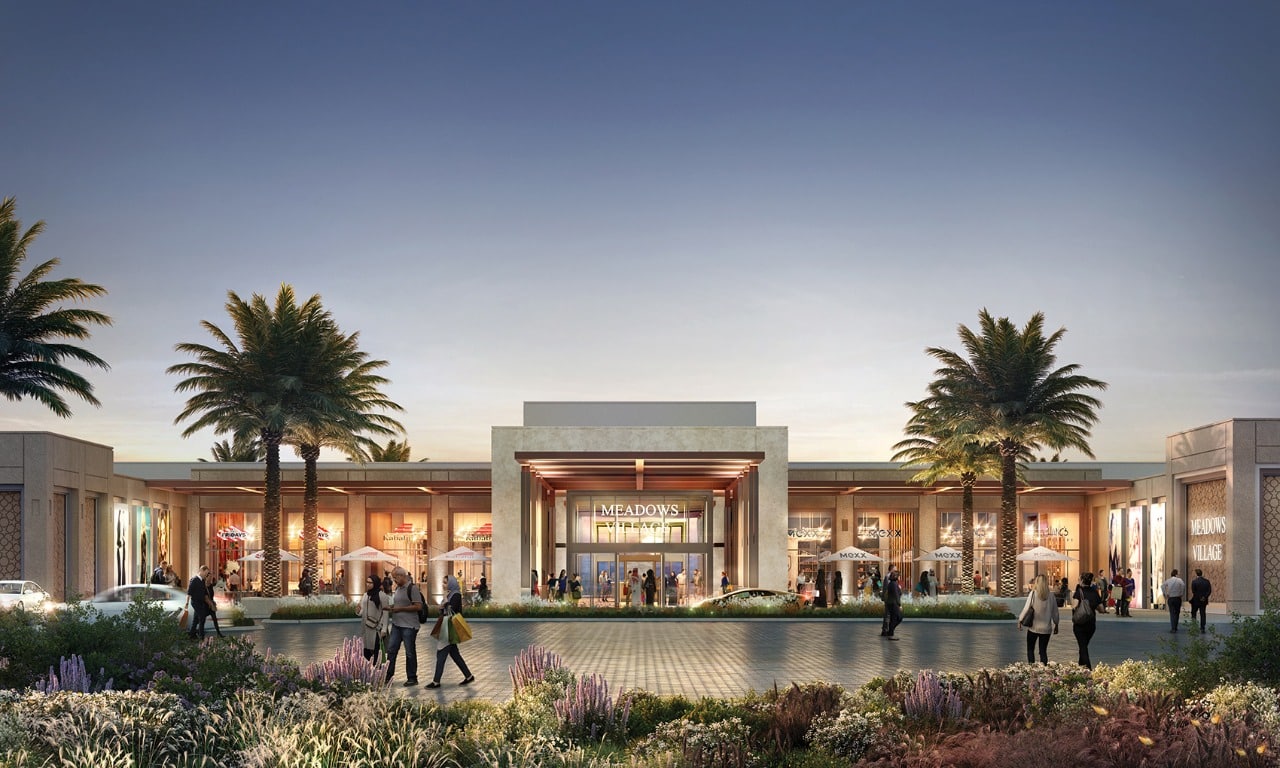
How is the Middle Eastern architecture and design industry faring compared to the rest of the world?
We strongly believe the Middle East has successfully carved a unique and distinguished position for itself when it comes to global design and architecture trends. In the past few decades, architects and designers have experimented on a large scale to develop attractive metropolitan cities that can compete as world destinations. This, I assume, is obvious in the diversity of architectural vocabulary that is dominating our cityscapes; the traditional character that is unique to every region has dissolved against what is now defined as ‘contemporary’ design/architecture trend. There is no doubt that with globalisation, the world has become a small village and contemporary architecture has become a worldwide trend. However, the successful interpretation of contemporary has varied globally from one region to the other through understanding and rooting ‘contemporary’ to ‘locally’. In the past decade, we have touched upon increased awareness and demand to transition towards regionally influenced contemporary style.
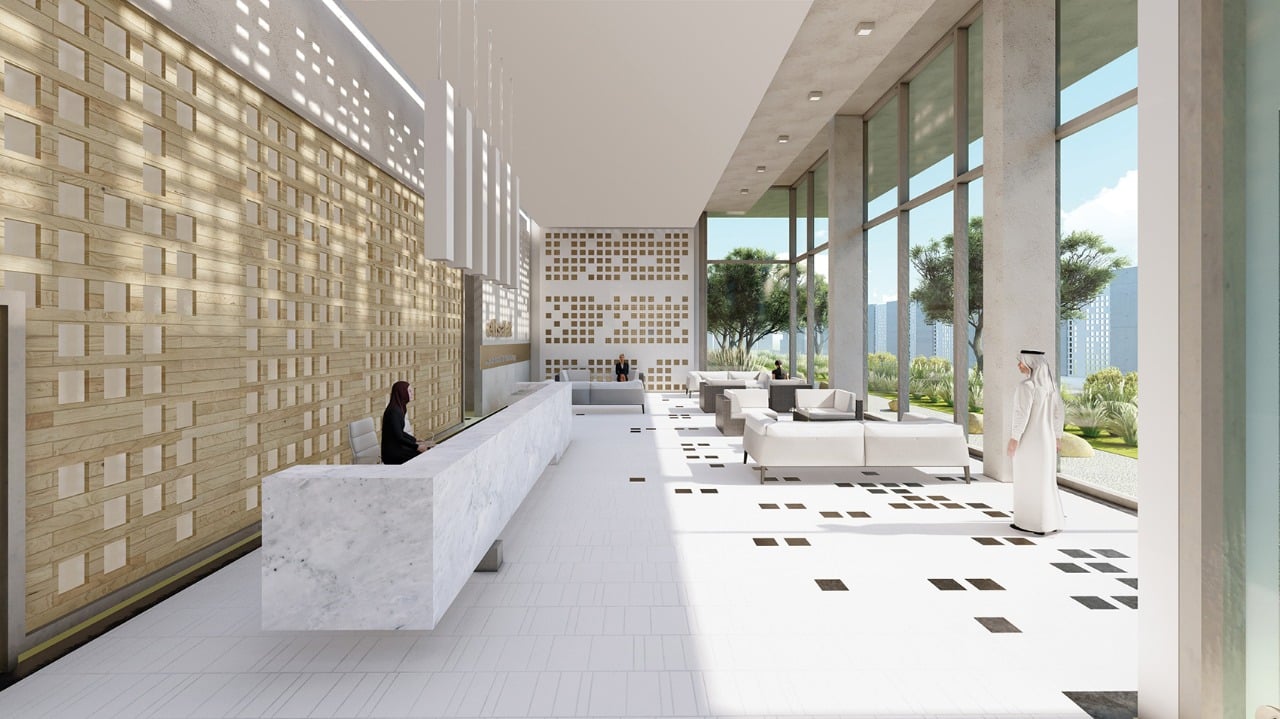
What makes DLR Group stand out?
One of the most important elements of our success is that our clients see us as their partners who understand their business objectives and have the capability to guide them through their investment decisions which is why 90% of our customers are repeat clients or referred by an existing satisfied client. We are an 100% employee-owned firm, meaning that every DLR Group employee is invested in the firm and its success and this resonates well with our client partners. DLR Group is a passionate advocate of sustainable design. We are an early adopter of the Architecture 2030 Challenge, and an initial signatory to the AIA 2030 Commitment and the China Accord and which resonates and aligns with the vision and objectives of our forward-thinking partners.


